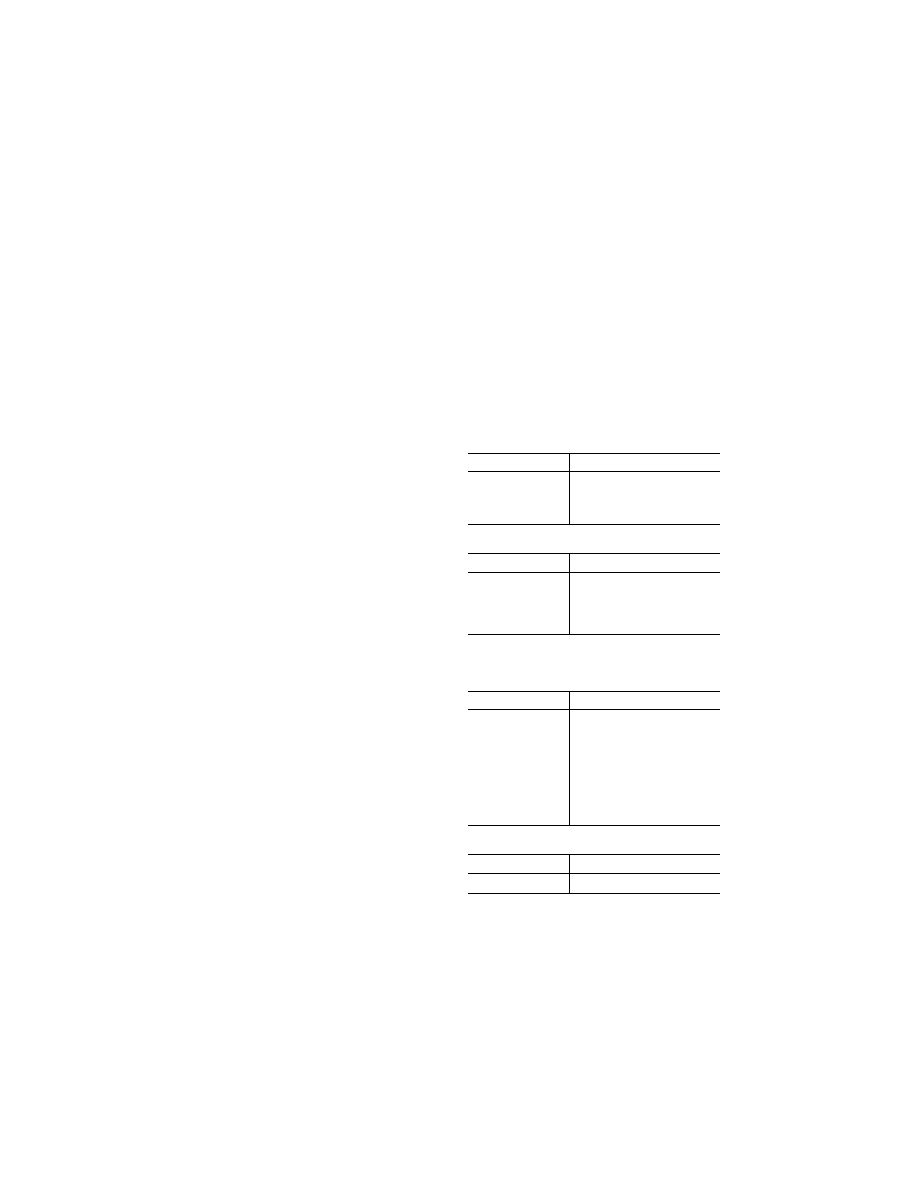
440
14 CFR Ch. I (1–1–14 Edition)
§ 25.779
(b) The direction of movement of
cockpit controls must meet the re-
quirements of § 25.779. Wherever prac-
ticable, the sense of motion involved in
the operation of other controls must
correspond to the sense of the effect of
the operation upon the airplane or
upon the part operated. Controls of a
variable nature using a rotary motion
must move clockwise from the off posi-
tion, through an increasing range, to
the full on position.
(c) The controls must be located and
arranged, with respect to the pilots’
seats, so that there is full and unre-
stricted movement of each control
without interference from the cockpit
structure or the clothing of the min-
imum flight crew (established under
§ 25.1523) when any member of this
flight crew, from 5
′
2
″
to 6
′
3
″
in height,
is seated with the seat belt and shoul-
der harness (if provided) fastened.
(d) Identical powerplant controls for
each engine must be located to prevent
confusion as to the engines they con-
trol.
(e) Wing flap controls and other aux-
iliary lift device controls must be lo-
cated on top of the pedestal, aft of the
throttles, centrally or to the right of
the pedestal centerline, and not less
than 10 inches aft of the landing gear
control.
(f) The landing gear control must be
located forward of the throttles and
must be operable by each pilot when
seated with seat belt and shoulder har-
ness (if provided) fastened.
(g) Control knobs must be shaped in
accordance with § 25.781. In addition,
the knobs must be of the same color,
and this color must contrast with the
color of control knobs for other pur-
poses and the surrounding cockpit.
(h) If a flight engineer is required as
part of the minimum flight crew (es-
tablished under § 25.1523), the airplane
must have a flight engineer station lo-
cated and arranged so that the flight
crewmembers can perform their func-
tions efficiently and without inter-
fering with each other.
[Doc. No. 5066, 29 FR 18291, Dec. 24, 1964, as
amended by Amdt. 25–46, 43 FR 50596, Oct. 30,
1978]
§ 25.779
Motion and effect of cockpit
controls.
Cockpit controls must be designed so
that they operate in accordance with
the following movement and actuation:
(a) Aerodynamic controls:
(1)
Primary.
Controls
Motion and effect
Aileron .........................
Right (clockwise) for right wing
down.
Elevator .......................
Rearward for nose up.
Rudder .........................
Right pedal forward for nose right.
(2)
Secondary.
Controls
Motion and effect
Flaps (or auxiliary lift
devices).
Forward for flaps up; rearward for
flaps down.
Trim tabs (or equiva-
lent).
Rotate to produce similar rotation of
the airplane about an axis parallel
to the axis of the control.
(b) Powerplant and auxiliary con-
trols:
(1)
Powerplant.
Controls
Motion and effect
Power or thrust ............
Forward to increase forward thrust
and rearward to increase rear-
ward thrust.
Propellers ....................
Forward to increase rpm.
Mixture .........................
Forward or upward for rich.
Carburetor air heat ......
Forward or upward for cold.
Supercharger ...............
Forward or upward for low blower.
For turbosuperchargers, forward,
upward, or clockwise, to increase
pressure.
(2)
Auxiliary.
Controls
Motion and effect
Landing gear ...............
Down to extend.
[Doc. No. 5066, 29 FR 18291, Dec. 24, 1964, as
amended by Amdt. 25–72, 55 FR 29778, July 20,
1990]
§ 25.781
Cockpit control knob shape.
Cockpit control knobs must conform to the general shapes (but not necessarily
the exact sizes or specific proportions) in the following figure:
VerDate Mar<15>2010
10:12 Mar 18, 2014
Jkt 232046
PO 00000
Frm 00450
Fmt 8010
Sfmt 8016
Y:\SGML\232046.XXX
232046
pmangrum on DSK3VPTVN1PROD with CFR